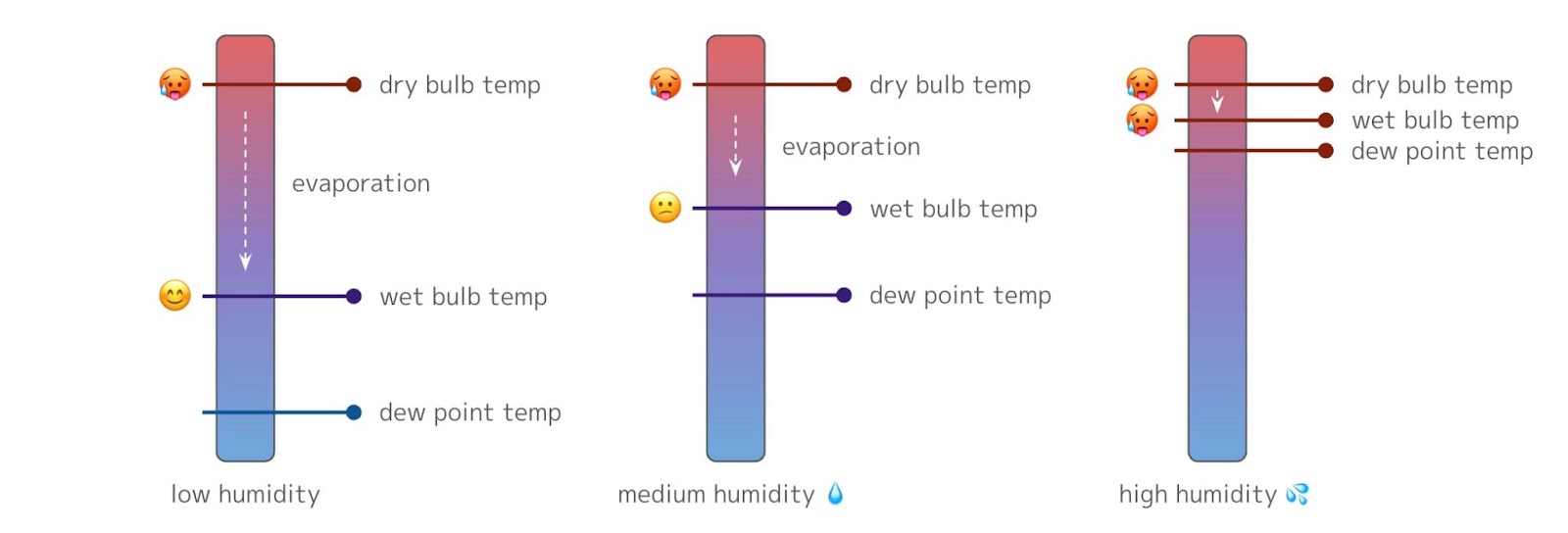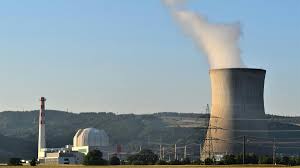- Courses
- GS Full Course 1 Year
- GS Full Course 2 Year
- GS Full Course 3 Year
- GS Full Course Till Selection
- Answer Alpha: Mains 2025 Mentorship
- MEP (Mains Enrichment Programme) Data, Facts
- Essay Target – 150+ Marks
- Online Program
- GS Recorded Course
- Polity
- Geography
- Economy
- Ancient, Medieval and Art & Culture AMAC
- Modern India, Post Independence & World History
- Environment
- Governance
- Science & Technology
- International Relations and Internal Security
- Disaster Management
- Ethics
- NCERT Current Affairs
- Indian Society and Social Issue
- NCERT- Science and Technology
- NCERT - Geography
- NCERT - Ancient History
- NCERT- World History
- NCERT Modern History
- CSAT
- 5 LAYERED ARJUNA Mentorship
- Public Administration Optional
- ABOUT US
- OUR TOPPERS
- TEST SERIES
- FREE STUDY MATERIAL
- VIDEOS
- CONTACT US
Wet-Bulb Temperature
Wet-Bulb Temperature
18-04-2025

Harvard Study Reassesses Human Survival Threshold
A recent study by Harvard researchers challenges the long-standing belief that the human survivability limit for wet-bulb temperature is 35°C, proposing a lower threshold of around 31°C for safe human endurance.
What is Wet-Bulb Temperature?
- Wet-bulb temperature refers to the lowest temperature that air can reach through evaporation of water at constant pressure.
- It is measured by wrapping a wet cloth around the bulb of a thermometer and allowing the water to evaporate.
- The cooling effect from evaporation lowers the thermometer reading, providing the wet-bulb temperature value.
- This metric reflects both heat and humidity, making it more realistic for assessing human heat stress than air temperature alone.
- A high wet-bulb temperature means evaporation (and thus sweating) becomes less effective, reducing the body's ability to cool itself.
- It is a critical factor in areas like climate science, agriculture, health, and disaster preparedness.
- Conditions above the survivability threshold—even for short periods—can lead to fatal heat stress, particularly in vulnerable populations.
|
Also Read |
|
UPSC Foundation Course |
|
| UPSC Monthly Magazine | CSAT Foundation Course |




